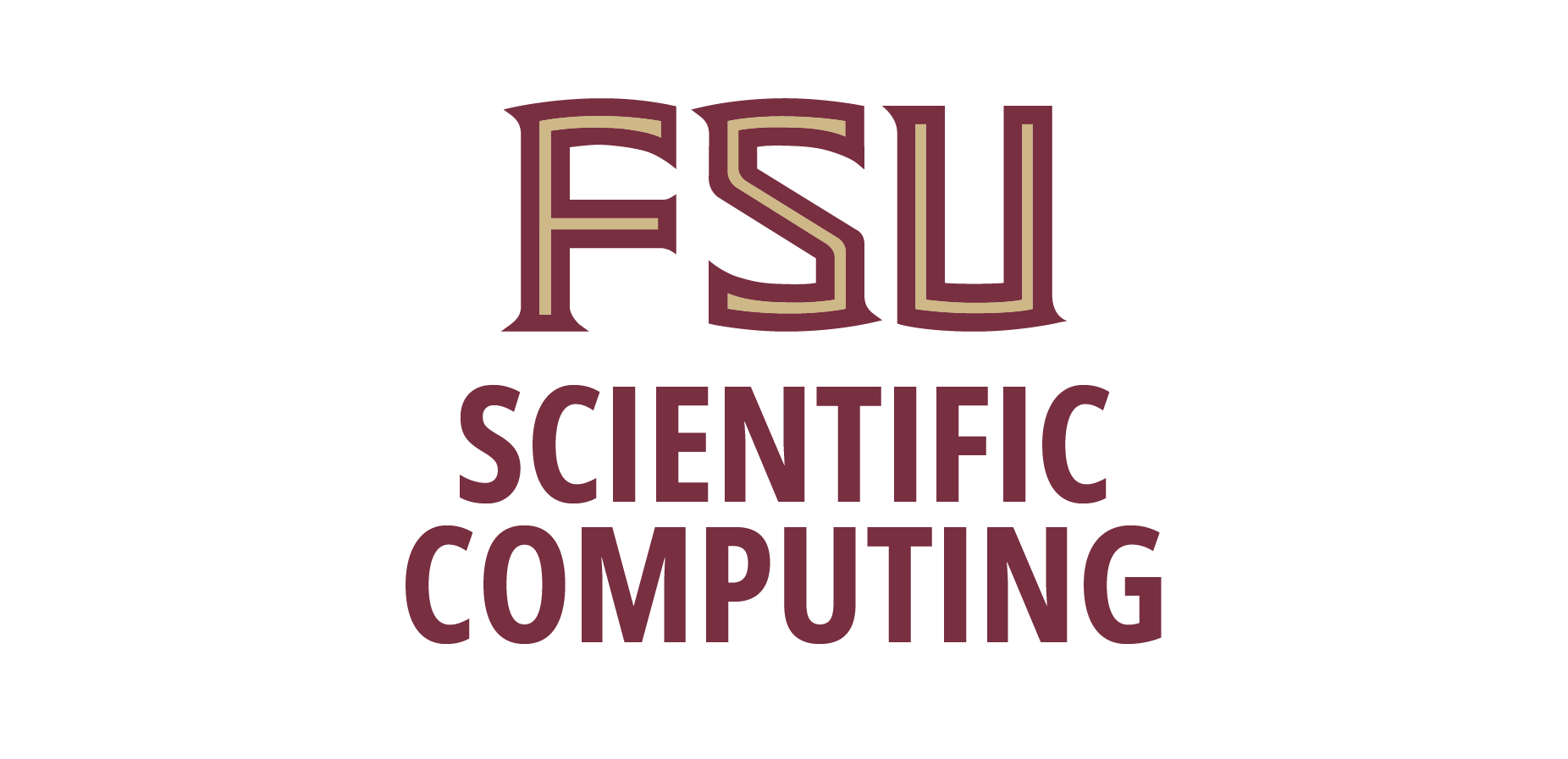Martin Schmidt
Institute of Biomedical Engineering,
TUD Dresden University of Technology
"Morphological ECG Analysis – Revealing Valuable Features for Medical Diagnosis"
Wednesday, Oct 16, 2024
Abstract:
Cardiovascular disease (CVD) is the most common cause of death worldwide. Changes in biosignals can provide early indications of CVD. Current research shows that the analysis of QT variability (QTV) in the electrocardiogram (ECG) can contribute to diagnosis and risk stratification of various CVDs. Today's methods for QTV analysis can reflect complex morphological changes only to a limited degree. However, the analysis of these changes opens new approaches to the diagnosis and therapy of CVD.
To overcome current limitations and to provide the basis for a clinical application, a novel method for analyzing the morphology of biosignals has been developed. The method is based on an iterative two-dimensional deformation of a one-dimensional template (2DSW, Two-Dimensional Signal Warping). The adaptation of the template is made with a two-dimensional warping grid to analyze complex changes, especially the QT interval morphology. Focusing on robust detection of subtle quasiperiodic changes as well as a generalized implementation, the method is feasible in various applications.
The evaluation of 2DSW showed a higher robustness for common artefacts compared to current methods. At the same time, 2DSW shows an improved sensitivity to subtle beat-to-beat changes in different simulated and clinical data sets. Amongst others, we could demonstrate for the first time a significant influence of sleep stages on QTV. Based on 2DSW, new QTV parameters have been developed that have improved risk stratification in various clinical trials. For example, in assessing acute mental stress that is associated with higher CVD risk in the long-term, the parameters developed were shown to provide substantial additional value. Furthermore, insights were gained into the characterisation of temporal changes in sympathovagal imbalance prior to the occurrence of atrial fibrillation, which may prove useful in predicting atrial fibrillation in clinical practice.
The improvements in the detection of complex morphological changes in ECG by 2DSW result in more accurate QTV analyses and provide the possibility to extend existing clinical monitoring procedures to QTV analysis, thus contributing to better diagnosis of CVD and potential therapeutic approaches.

